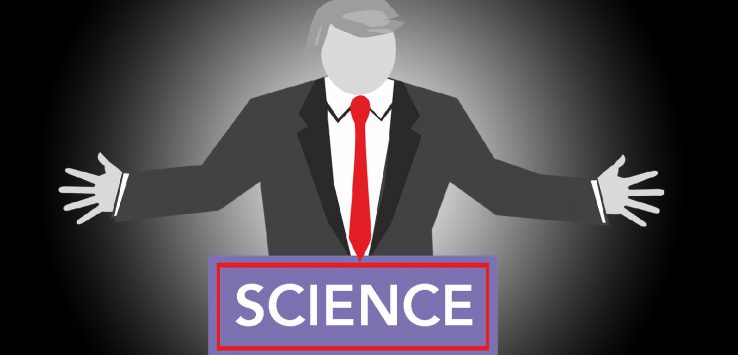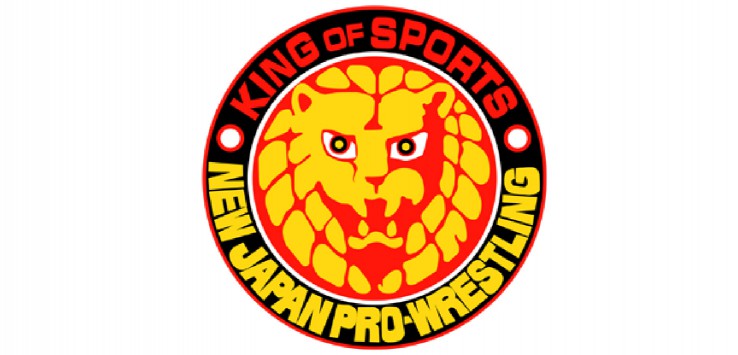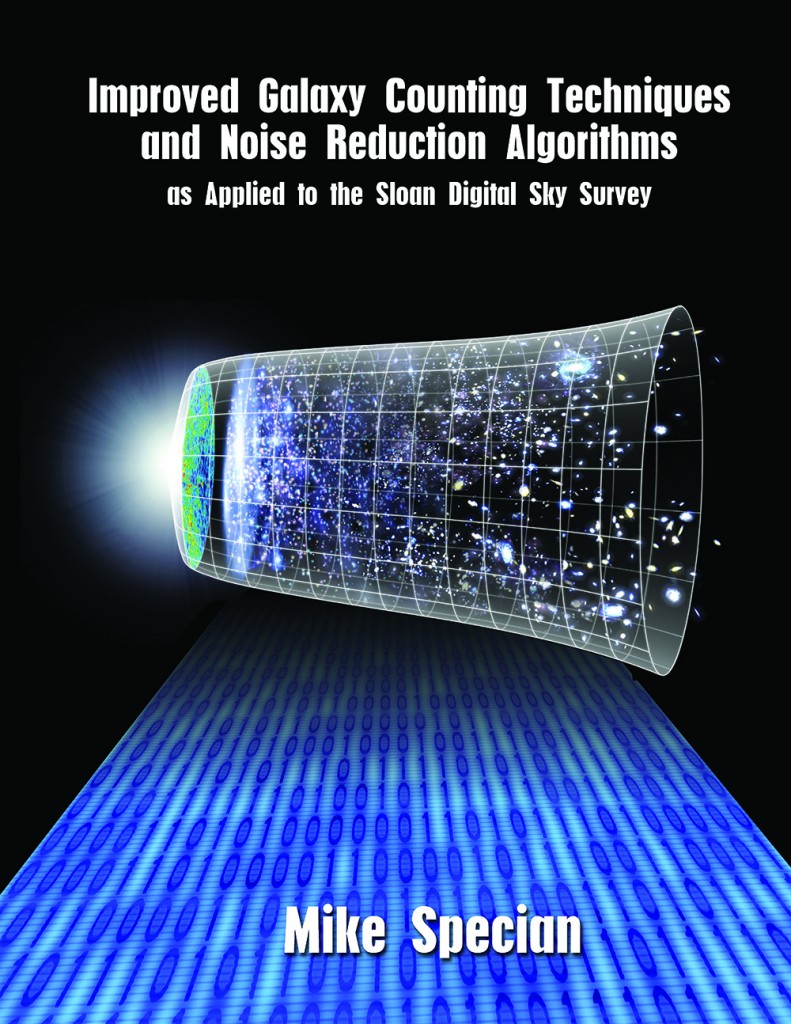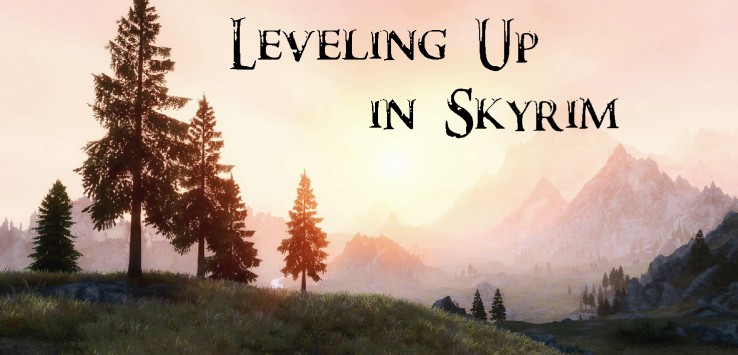Donald Trump’s election has worried many Americans for a variety of reasons. One of those reasons – and one that was largely ignored during the campaign – is its impact on science. Given Trump’s lack of firm policy proposals and occasionally contradictory statements, there is much uncertainty in this regard. For that reason, I want to delve into what we can expect from the new Republican establishment in three key areas – science funding, climate change, and the role of science in government.
In all likelihood, the amount that the U.S. spends funding scientific research will be tightly linked to our total discretionary spending (i.e. non-military, non-entitlement). Trump has promised to dramatically increase military spending, keep entitlements fixed, and lower taxes without increasing the deficit. Discretionary spending would have to be cut under that scenario. While a budget for the current fiscal year (FY 2016-17) was supposed to be passed by October 1, Congress didn’t get it done in time. When this happens, they will pass a continuing resolution (CR) that continues funding the current year at the previous year’s levels.
That puts us in a position where one of two things is likely to happen. Either the current Congress can attempt to complete its own budget by the end of the year or, if it better serves their priorities, the Republicans can decide to pass another CR and wait to start fresh in 2017.
A continuing resolution may or may not be good news for scientists. The current proposed budget contains funding increases for some scientific agencies that could be lost if it goes unpassed. On the other hand, waiting until next year introduces the risk of significant spending cuts. Some of that money would probably be returned to the states, and could be redistributed to scientists through different channels, though that is far from guaranteed. Either way, scientific grants typically last for three to five years, so expect any funding changes to take years to work their way through the system.
It is important to distinguish between science that is nonideological, like health research, and that which has become ideological, like climate change. On the latter issue, Donald Trump has famously called climate change a “hoax” invented by the Chinese to reduce American competitiveness, a statement that ignores the substantial progress China is making in reducing its own emissions.
Trump has also expressed a desire increase usage of fossil fuels (including “clean coal”) and pull the U.S. out of the Paris Climate Agreement. While we are bound to this international treaty for at least the next four years, the President could opt to ignore its non-binding emissions targets. Failing to meet our commitments would diminish America’s moral authority and could disincentivize other nations, like India, from meeting their own targets.
America’s emissions pledges were based on a number of Obama-driven policies, like the Clean Power Plan (CPP), which directed the Environmental Protection Agency (EPA) to set limits on greenhouse gas emissions from power plants. The CPP will almost certainly be killed (expect legal challenges), but removing the federal requirement will not impede states from proceeding on their own, which many are. Furthermore, a Trump administration will be largely powerless to undo the economic forces that are leading to coal’s decline, chiefly the low price of natural gas.
Trump has expressed a desire to eliminate the EPA, but the agency will be difficult to do away with altogether, as this requires congressional approval and will be met by extremely strong political resistance. Heading the agency with noted climate denier Myron Ebell, as has been rumored, will not help matters, though. Ebell has called for the Senate to prohibit funding for the Paris agreement and the U.N.F.C.C.
However, the federal government is obligated under the 1970 Clean Air Act to regulate the emissions of carbon dioxide into the atmosphere. The Republicans may choose to defund the agency’s regulation efforts, an action that will almost certainly meet legal resistance from environmental groups and large swaths of the general public. While the Republicans will not be able to ignore the scientific evidence and mounting public pressure forever, any delay in implementation would be especially damaging given how far behind the curve we already are in our mitigation efforts.
Given Trump’s strong pro-fossil fuel statements, it’s possible that the Keystone XL pipeline will be approved by the U.S. State Department. Financial support for federally funded renewable energy technologies are at risk. The Alliance of Automobile Manufacturers has already requested of Trump’s transition team a rollback of the 54.5 miles per gallon fuel efficiency standards for cars and light-duty trucks by 2025.
A more general question is what role science will take within a Trump administration. President Obama nominated his chief science advisor John Holdren on inaugration day, signaling the position’s importance to his administration. Trump’s transition has been far less organized, and he has given little indication who his science advisor will be or what role they will serve. Even a qualified appointee could be effectively neutered if the Office of Science and Technology Policy (the office they would head) was disempowered, or if they were unable to permeate Trump’s inner circle. This position requires Senate confirmation, so it could potentially go unfilled for some time.
This would clearly be a mistake, as the next administration must be ready for future disasters like Deepwater Horizon or viral outbreaks that require being scientifically literate. It is unclear whether President Trump would prioritize the best scientific evidence over political considerations. The new administration will also have to consider whether the U.S. is to remain an active participant in international scientific enterprises like the International Thermonuclear Experimental Reactor (ITER) and whether there will be free movement of researchers. Trump’s tax proposals will answer whether he intends to incentivize private investment in basic research.
Executive agencies like the EPA and the National Oceanic and Atmospheric Administration (NOAA) are populated by career civil servants, many of whom are institutionally difficult to fire in order to protect them against political transitions. However, Trump has suggested downsizing the federal workforce by instituting a hiring freeze, reducing their job security, and reducing agency funding.
Even though Trump has expressed an interest in cutting the Department of Education, STEM education should largely be safe, especially since only about 10% of education funding comes from the federal government. Even Republicans realize that a highly educated workforce is a prerequisite for our international competitiveness.
Historically, science has been one of the few bipartisan issues. I suspect this will largely continue at the budgetary level, though the priorities may shift. I have reason to worry about federal climate mitigation efforts, but wonder whether Trump’s lack of a fully competent transition team might lead some lesser-known scientific programs to experience a kind of benign neglect. Either way, we must remain vigilant to ensure science is being represented as it should be.










